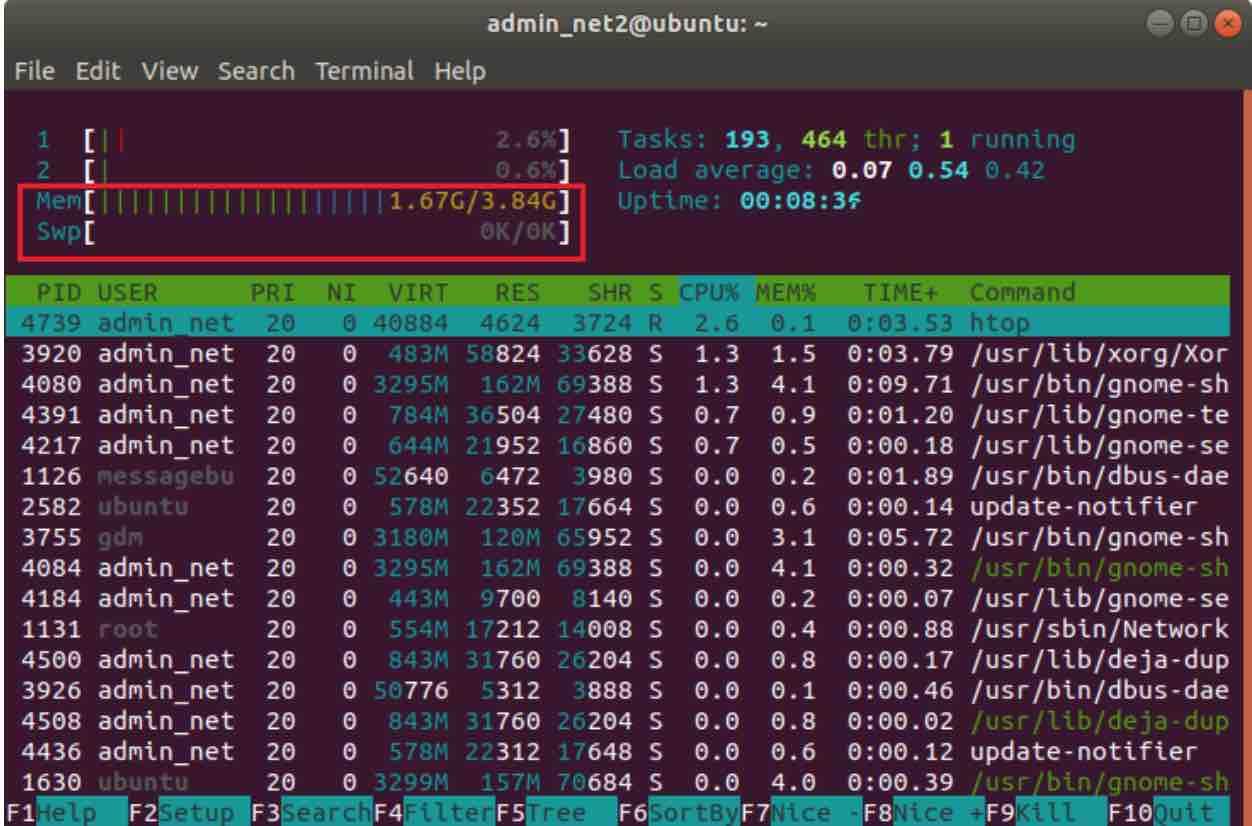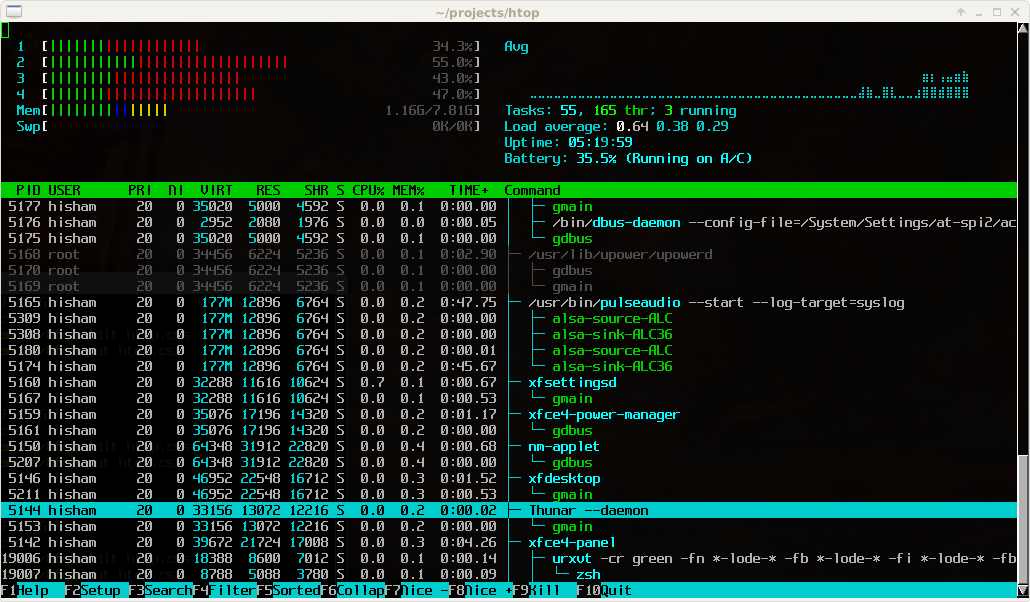

'process/used_gpu_memory': float(this_process.gpu_memory()) / (1 << 20), # convert bytes to MiBs 'process/memory_percent': this_mory_percent(), 'process/cpu_percent': this_process.cpu_percent(), 'host/memory_percent': host.virtual_memory().percent, 'device/gpu_utilization': device.gpu_utilization(), 'device/memory_utilization': mory_utilization(), 'device/memory_used': float(mory_used()) / (1 << 20), # convert bytes to MiBs This_process = GpuProcess(os.getpid(), device) For example, integrate into PyTorch training code: import osįrom re import host, CudaDevice, HostProcess, GpuProcessįrom import SummaryWriter In addition, nvitop can be integrated into other applications. Nvitop comes with a tree-view screen and an environment screen: You can interrupt or kill your processes on the GPUs.

Besides, it is responsive for user inputs in monitor mode.

Nvitop will show the GPU status like nvidia-smi but with additional fancy bars and history graphs.įor the processes, it will use psutil to collect process information and display the USER, %CPU, %MEM, TIME and COMMAND fields, which is much more detailed than nvidia-smi.

#Ubuntu process monitor install
Install the latest version from GitHub ( recommended): pip3 install git+ Install from PyPI: pip3 install -upgrade nvitop It is written in pure Python and is easy to install. This is how you can keep a track of the resources used by all the processes of the system.Recently, I have written a monitoring tool called nvitop, the interactive NVIDIA-GPU process viewer. Conclusionīy making use of the htop utility, you can visualize all your system’s processes, their CPU cycles, memory consumption, time laps, resources etc.
#Ubuntu process monitor full
The column sort order can be changed with F6 key.Ī full list of all options can be found in the man page of the htop command here. you can select a process by using the up and down arrow keys on your keyboard and then kill that process by using F9 key. Htop has many useful interactive commands. As soon as you will press enter, your terminal will change itself into the htop window and all the system processes will be displayed on it as shown below: Now type htop in the terminal and press enter. You will see the following messages as soon as your installation gets completed successfully:
#Ubuntu process monitor password
Just insert your system’s password and press enter. For doing this, type the command sudo apt-get install htop and press enter.Īs soon as you will press enter, it will ask you to enter your password. The newly opened terminal window is shown below:įirst, you will need to install the htop utility. Launch the terminal by pressing Ctrl +T or clicking on the terminal icon displayed on the taskbar or searching for terminal by typing terminal in the search window and pressing enter. Using htop to monitor processes in Ubuntu In this article, we will tell you that how does this feature work and how can you monitor system processes through it. This feature is known as the htop utility in Ubuntu. Similarly, Ubuntu also provides us with a utility to monitor the system process and see how much space each process is occupying and which process is currently running on CPU etc. It is a feature that is mainly used to view the currently running processes. Most of the people are familiar with the use of Task Manager in Windows.


 0 kommentar(er)
0 kommentar(er)
